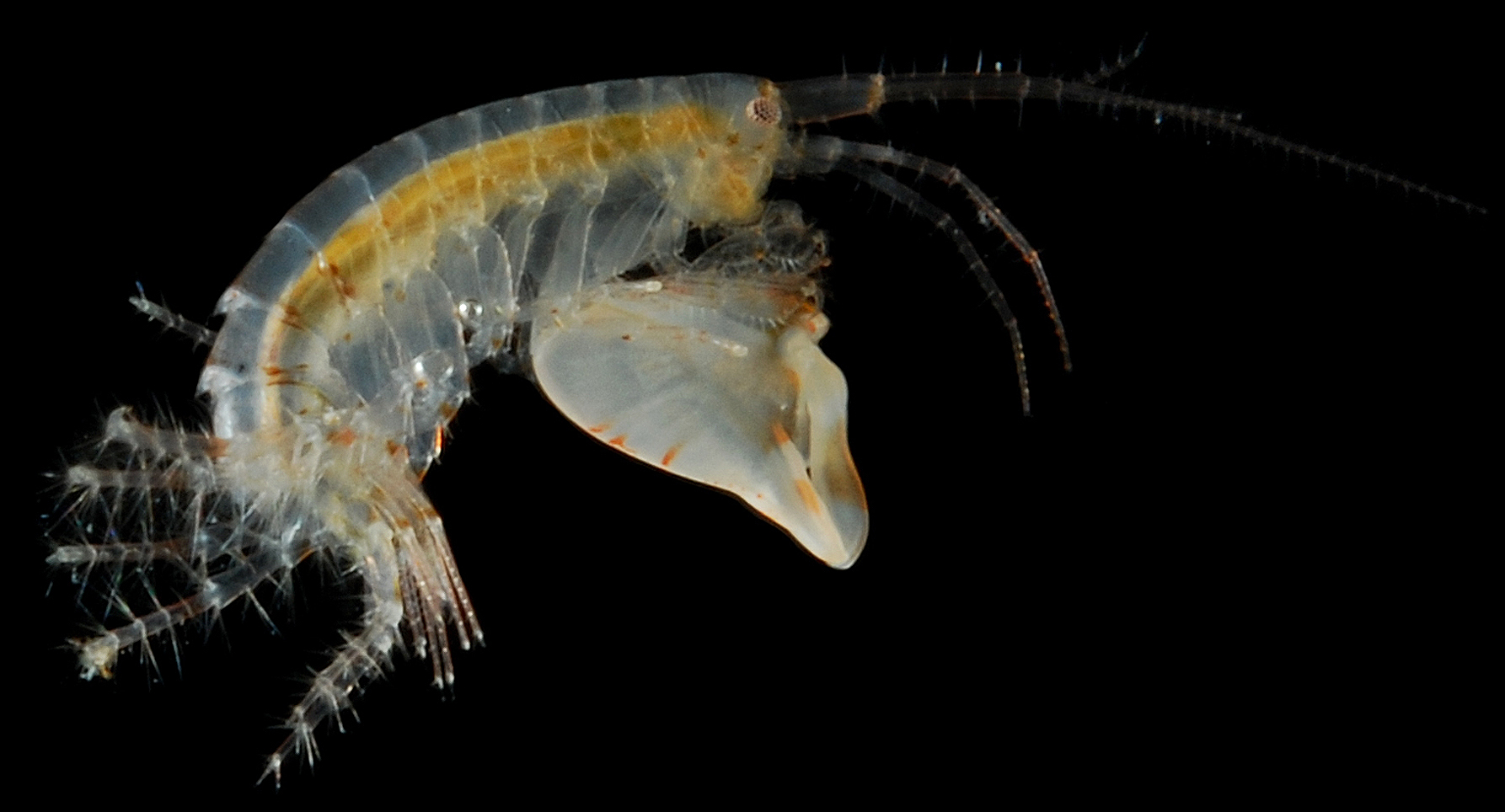A group of crustaceans called amphipods can accelerate as fast as a bullet—literally, according to a new study by biologists at the University of Alberta and Duke University.
This study shows that a tiny and unusual species is responsible for making the fastest repeatable movements yet known for any animal in water.
“The high speeds of these repeatable movements reach nearly 30 metres per second or more than 100 kilometres per hour,” explained Richard Palmer, professor emeritus in the Department of Biological Sciences and co-author on the study.
“They have the highest accelerations of any animal in water, reaching more than 0.5 million metres per second squared, which is close to the acceleration of a bullet.”
A high-speed video camera captures footage of an amphipod's claw snapping at 300,000 frames per second. (Video: Sheila Patek, Duke University)
Amphipods are a type of crustacean related to marine beach hoppers and freshwater scuds. Male amphipods use their large claws to make ultra-fast, repeatable snapping motions. The snaps make a popping sound and create rapid water jets that may be used to defend their territory.
“Each new discovery of extreme movements in a novel group of organisms raises fascinating questions about how such extreme adaptations are achieved in terms of biomechanics and functional behaviour, and how they evolved from more common, slower-moving relatives,” said Palmer.
Though faster movements have been seen in other creatures, these movements only happen once and cannot be repeated. As Palmer noted, the mechanism that allows amphipods to create such high-speed movements repeatedly could inspire human engineering efforts.
“This may suggest novel engineering solutions to design and build small structures that can move extremely fast over and over.”
This research was led by Sarah Longo and Sheila Patek at Duke University, in collaboration with Palmer in the U of A’s Faculty of Science. Funding was provided by the Natural Sciences and Engineering Research Council of Canada.
The study, “Tiny snaps of an amphipod push the boundary of ultrafast, repeatable movement,” was published in Current Biology.
